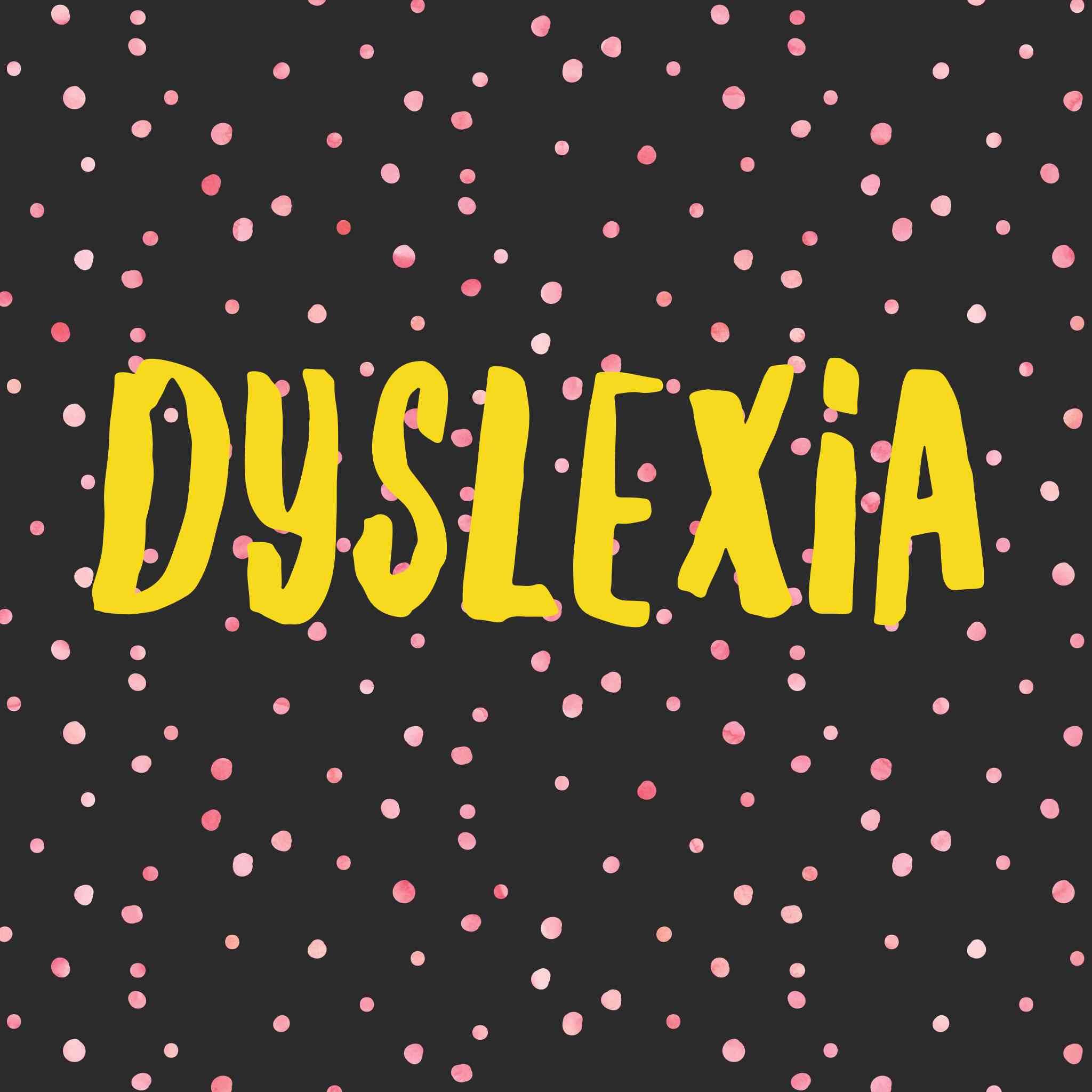
Dyslexia
June 15, 2017
While learning to read seems effortless for many children, for some it can be challenging. As children are assessed mid-year, alarm bells can start to ring for those children who have not shown appropriate literacy growth.
A specific learning difficulty such as dyslexia can be slow to manifest or be identified. For example, a young child’s ability to read words by sight using whole word recognition strategies can mask their inability to decode words. By around Year 4, children can no longer store the growing number of words required for age appropriate reading in their head,[1] Dr. Kerry Hempenstall, Lecturer RMIT,’ Preventing and overcoming reading failure: Programs and practices’. Dyslexia Assessment and Education … Continue reading and problems with reading and writing may become apparent for the first time.
What is dyslexia?
Dyslexia is a specific learning disability with a neurobiological basis. It affects 3 – 5 per cent of all children. [2]World Dyslexia forum, 3–5 February 2010 at UNESCO Paris. Summary for findings and recommendations. www.worlddyslexiaforum.org
For children with dyslexia, reading, writing and spelling accurately and fluently is a major stumbling block to learning. This is despite most of these children having average or above intelligence, adequate vision and hearing, and typical age-appropriate education. In some instances, dyslexia may also affect mathematics.
When are children diagnosed with dyslexia?
Current definitions of dyslexia[3]American Psychiatric Association, Diagnostic and Statistical Manual of Mental Disorders, Fifth Edition, DSM – V, Washington, DC can make it difficult to formally diagnose very young children, since diagnosis is based on reading, writing and spelling abilities that are substantially below average and unexpected, given the child’s chronological age, measured intelligence, and age-appropriate education. There is a lack of guidance in regard to what constitutes ‘substantially below average’. For example, does this mean two years below average or four years below average? Hence, formal diagnosis is often delayed until mid-Year 2 or even later.
Early detection and screening tools
Screening students prior to school entry or during the first year of school to examine phonological processing (decoding skills) and short-term auditory memory skills (a component of working memory) can help to identify students ‘at risk’ of dyslexia. Psych4Schools members can refer to Dyslexia screening tools for preschool, and for the first year of schooling in the Members Area.
Practical strategies to help reduce the impact of dyslexia
Do you want to know more about strategies to help reduce the impact of dyslexia for children who have yet to be identified and for those who have been identified with this condition? Read an excerpt from the Psych4Schools ebooklet Working with children with dyslexia or purchase a copy. Members can access the complete ebooklet free in the Members Area.
Six inclusive practical strategies
Next week’s blog will offer six key strategies to support all early readers.
Murray Evely, Psych4Schools Psychologist
References